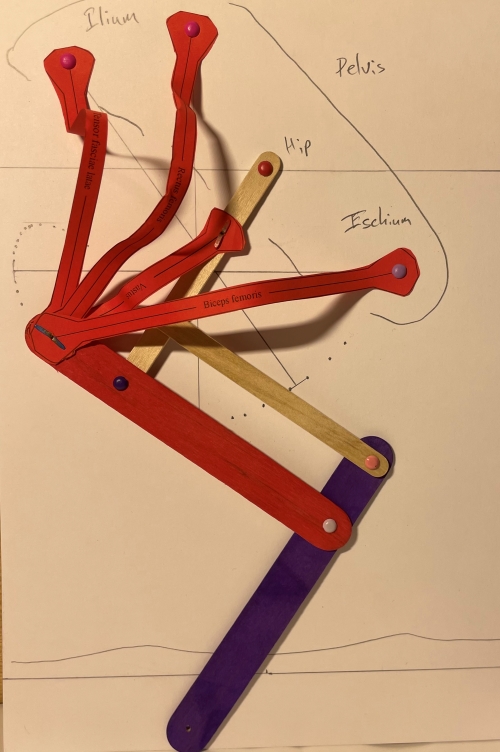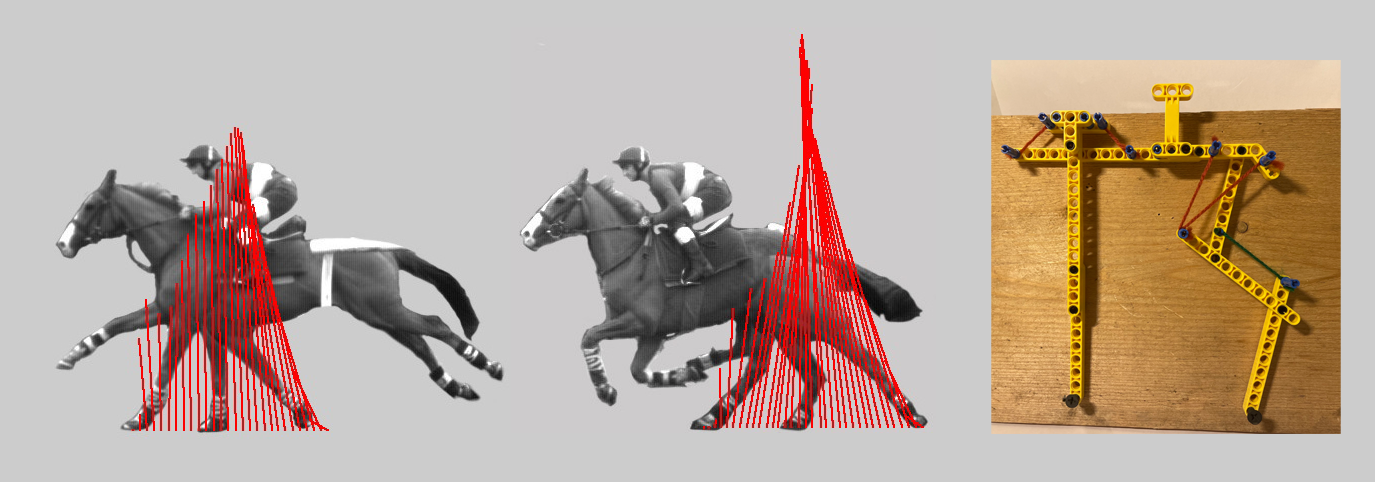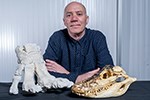New research from the RVC furthers understanding of the role of muscles and tendons
A new study from the Royal Veterinary College (RVC), has uncovered how muscles and tendons work together in order to transfer weight without exerting unnecessary energy. This research is an important step in better understanding the role of muscles and tendons, enabling different perspectives and approaches to surgery, rehabilitation and prosthetics.

Muscles and tendons are crucial parts of both human and animal anatomy, yet due to their complexity, there is still much to learn about their roles. Thinking of muscles and tendons as parts of a bike, muscles might be viewed as a motor, powering movement, or brakes and shock absorbers, which dissipate energy, while tendons could be the transmission, acting as a bicycle chain, or springs, like the tyres. While significant research has been conducted on this more traditional understanding of their functions, this study ignores these roles and instead highlights the ‘tricks’ by which muscles and tendons allow body weight to be supported during horizontal motion while avoiding mechanical work – effectively acting as the wheel and bicycle spokes.
Led by Professor Jim Usherwood, Wellcome Trust Senior Research Fellow at the RVC, the study was conducted by interpreting animal structures through the lens of classic linkage mechanics, as well as considerations for muscles’ abilities and limitations. Professor Usherwood also worked with LEGO® and lollipop sticks to build models which revealed the 4-bar and 6-bar linkages (those with pin joints connecting 4 or 6 ‘bars’ made of bones or muscles), as well as other various linkages at play, and how different muscles become engaged at different times through simple changes in geometry.
Using these methods, the study found that when running, animals avoid a lot of unnecessary work by sliding their hips and shoulders over their feet. Muscles, tendons and bones allow this action by forming various linkages where the links – which act as the bicycle spokes – do not change length when loaded by bodyweight. These findings demonstrate how an intricate muscle structure works together to support complex biomechanics, but also makes the complexity much easier to understand.
Historically, in the context of surgery, rehabilitation and prosthetics, great focus has been placed on the importance of the elastic recoil in tendons. However, better understanding the linkages has the potential to better inform choices regarding surgical approaches, rehabilitation programmes and prosthetic designs. Where previously ‘springy’ tendons and legs were viewed as the key to efficient locomotion, now the ‘sliding’ and linkage aspects should be viewed more prominently, perhaps as the dominant factor to economical locomotion.
Professor Jim Usherwood, Wellcome Trust Senior Research Fellow at the RVC and author of the paper, said:
“It has been known for 40 years that running animals manage to ‘slide’ their bodies over their feet, and that this could be an economy trick, just like a wheel or skate allows weight forces to be carried during horizontal motion. What has been missing is how the muscles manage to achieve this without wasting a huge amount of energy pulling against each other. By spending plenty of time with a puppy, lots of LEGO®, and a computer, I was able to identify some of the linkages involved – and these linkages have been known about since the Industrial Revolution.”
This research was funded by The Wellcome Trust.

Notes to Editors
Reference
Usherwood, J.R. (2022). Legs as linkages: an alternative paradigm for the role of tendons and isometric muscles in facilitating economical gait. Journal of Experimental Biology. doi: 10.1242/jeb.243254
The full paper is available at the Journal of Experimental Biology at:
doi: 10.1242/jeb.243254
For more information please contact:
- Jasmin De Vivo jasmin.devivo@plmr.co.uk or rvc@plmr.co.uk
- Press Line: 0800 368 9520
About the RVC
- The Royal Veterinary College (RVC) is the UK's largest and longest established independent veterinary school and is a Member Institution of the University of London.
- A research led institution with 79% of its research rated as internationally excellent or world class in the Research Excellence Framework 2014.
- It is one of the few veterinary schools in the world that hold accreditations from the RCVS in the UK (with reciprocal recognition from the AVBC for Australasia, the VCI for Ireland and the SAVC for South Africa), the EAEVE in the EU, and the AVMA in the USA and Canada.
- The RVC is ranked as the top veterinary school in the world in line with the QS World University Rankings by subject, 2021.
- The RVC offers undergraduate and postgraduate programmes in veterinary medicine, veterinary nursing and biological sciences.
- In 2017, the RVC received a Gold award from the Teaching Excellence Framework (TEF) – the highest rating a university can receive.
- The RVC provides animal owners and the veterinary profession with access to expert veterinary care and advice through its teaching hospitals and first opinion practices in London and Hertfordshire.
You may also be interested in:
-
RVC’s Professor John Hutchinson elected Fellow of prestigious Royal Society
John Hutchinson, Professor of Evolutionary Biomechanics at the Royal Veterinary College (RVC), has …

